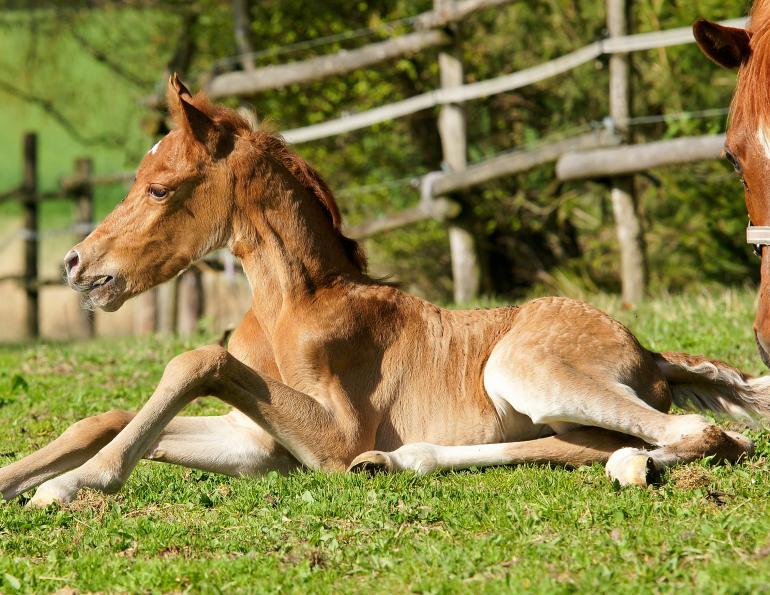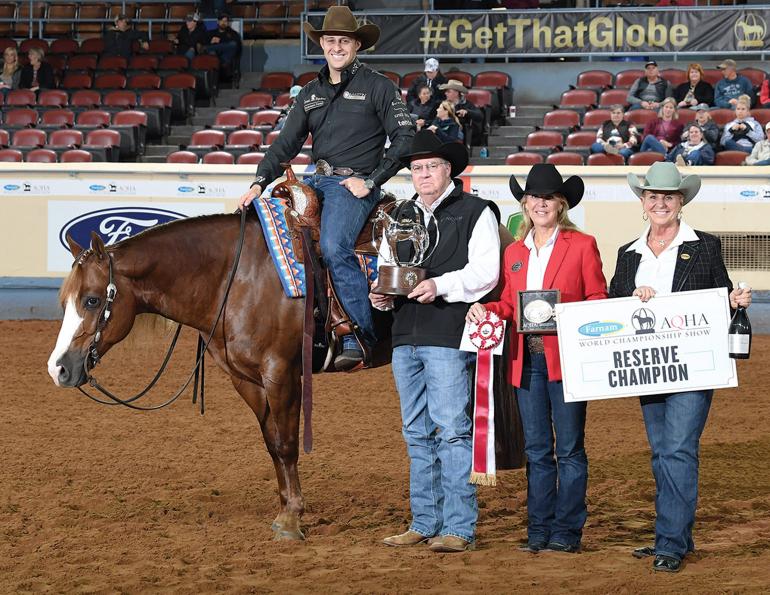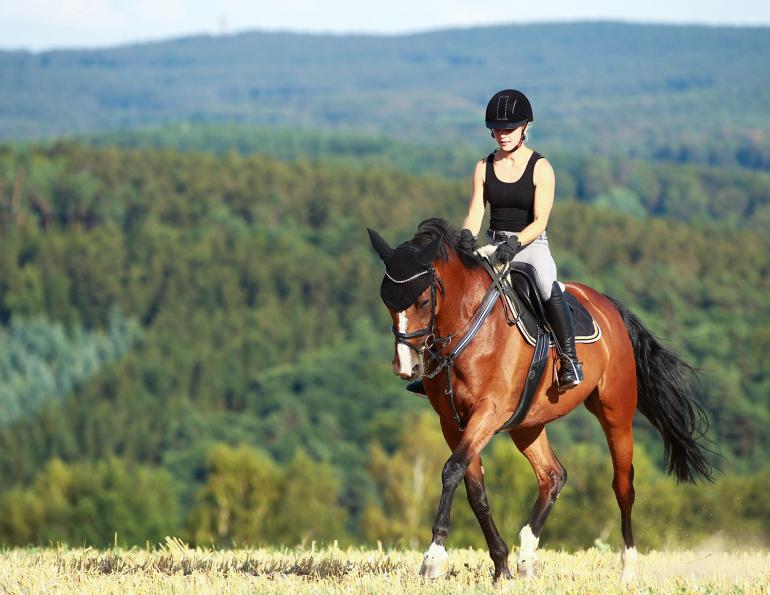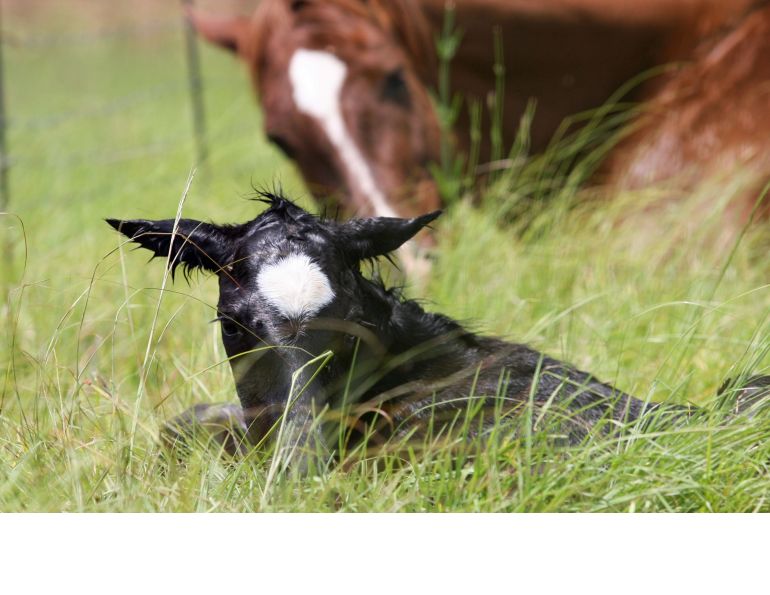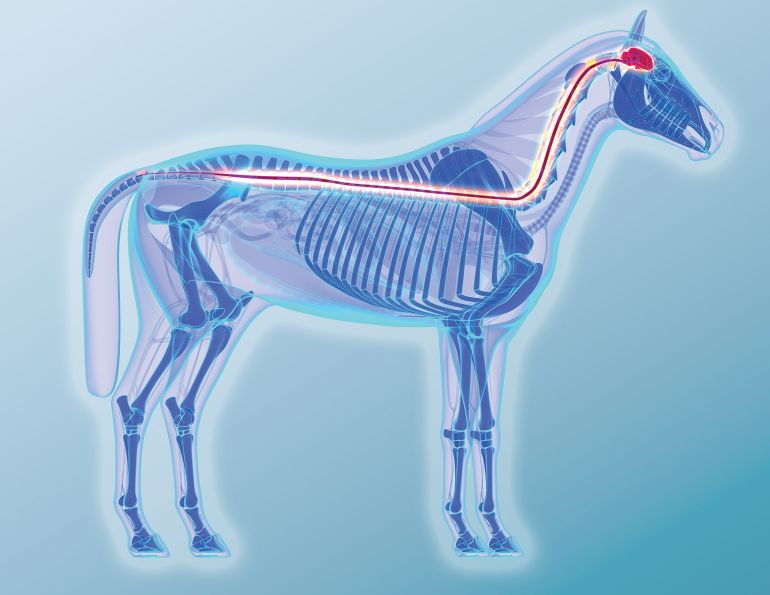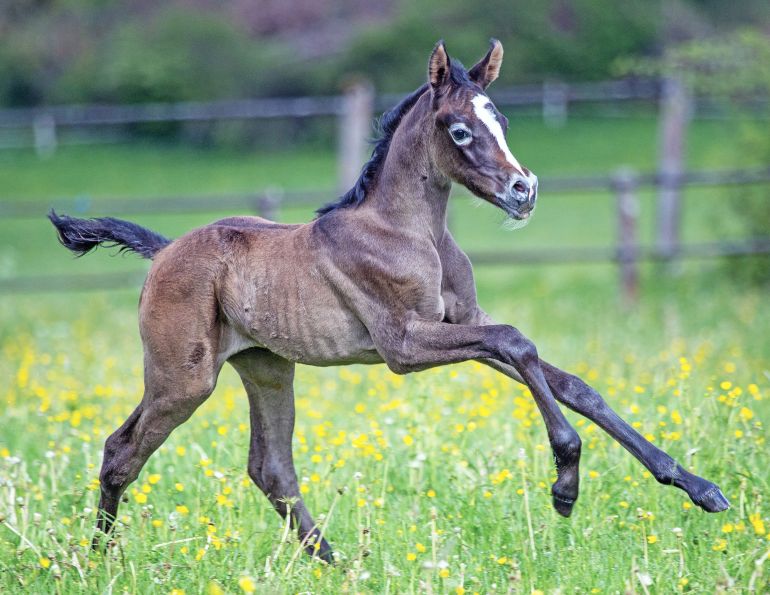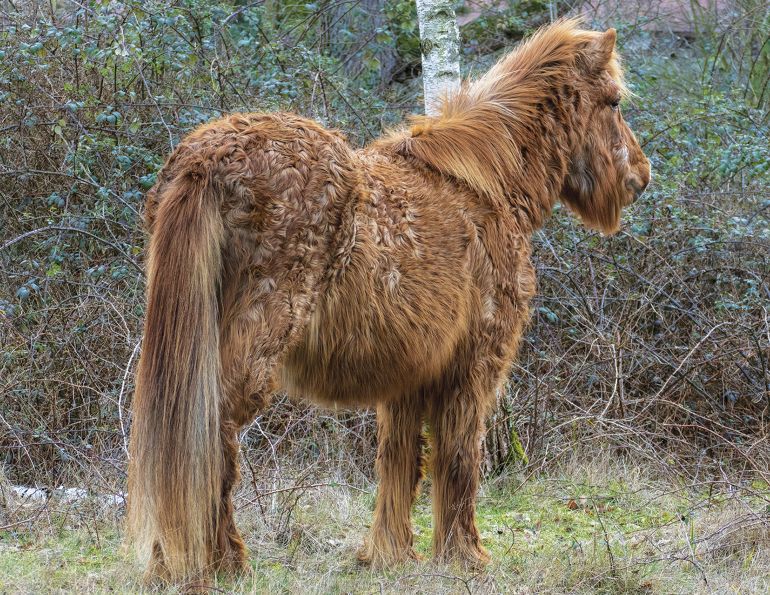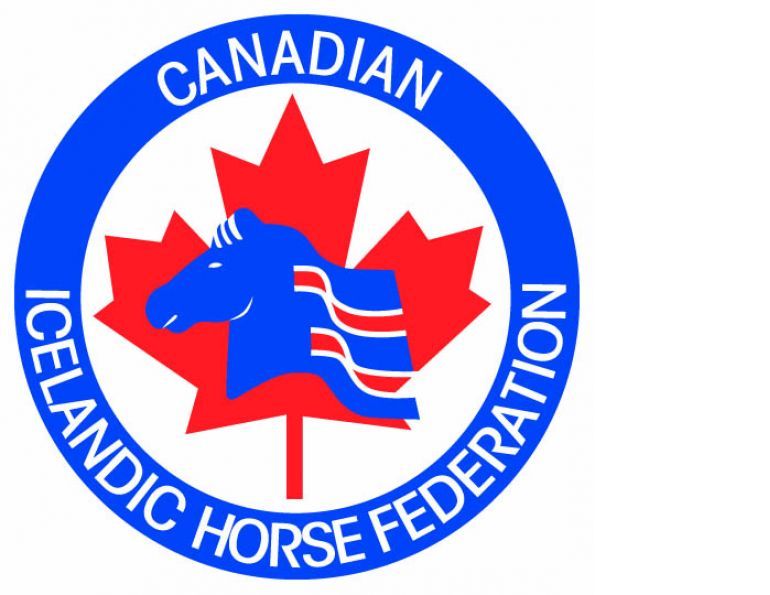UC Davis Center for Equine Health
Flexural limb deformity occurs in two forms.
The first form, also known as contracted tendons, clubfoot, or knuckling, is the inability to extend a limb fully. The condition may be present at birth (congenital) due to improper positioning in the uterus (which can lead to dystocia in the mare), abnormal fetal development, disease or malnutrition in the dam; or acquired as the result of nutrition (abrupt changes in amount or quality of feed leading to rapid growth), polyarthritis, trauma, or disease. It is a common condition in foals, usually occurring anytime from birth to 14 months of age.
The second form is known as laxity and occurs most commonly in newborn foals. It is also due to congenital, and possibly hereditary, causes.
Clinical signs of contracture in foals can include knuckling over of the fetlock or knee, trembling of the joints, walking on the toes with the heels off the ground, and inability to completely straighten the limb for normal weight bearing. Severely affected foals are unable to stand. Hooves may appear upright with long heels and concave toes, known as a “club foot” in the most severe form.
Clinical signs of laxity include back-at-the-knee conformation, dropped fetlocks, inability to stand, difficulty walking, or walking on the heels with the toes up in the air. In most cases, both left and right limbs are affected, with one worse than the other.
Diagnosis of flexural limb deformity is based on physical examination and visual assessment. Radiographs (x-rays) and other imaging modalities may aid in diagnosis.
Treatment for flexural limb deformity with contracted tendons can include bandaging, splinting, physical therapy, and limited exercise (large foaling stall access only). Therapeutic trimming and shoeing may be used to support correct conformation. Pharmacologic treatments, such as oxytetracycline, may be used to allow musculoskeletal relaxation and tissue elongation. Nonsteroidal anti-inflammatory drugs (NSAIDs) may be administered when deemed appropriate to reduce inflammation and relieve pain. Surgical intervention may be warranted in chronic or very severe cases.
The laxity form is treated with controlled exercise, initially consisting of hand-walking twice daily. As limbs improve and the laxity improves, exercise is gradually increased. Shoes with heel extensions are frequently used, and these often include tape-on or glue-on shoes.
Early recognition and accurate diagnosis allow for timely treatment, which is often successful. Recurrence is uncommon. Cases that do not respond well to treatment have a poor prognosis for long-term soundness and athleticism.
To prevent flexural limb deformity, mares should receive well-balanced nutrition during pregnancy to facilitate the birth of healthy foals, including balanced macro- and microminerals, and avoidance of excessive simple sugars and starch (i.e., grains). Foals should be closely monitored after birth to ensure proper development. Extremes in exercise and diet (especially excessive starch, sugar, and calories in general) should be avoided. To ensure timely treatment and best outcome, contact a veterinarian as soon as an abnormality is suspected.
Related: Signs of Cryptosporidiosis in Horses
Related: Oxygen Deprivation in Newborn Foals
Printed with the kind permission of the UC Davis Center for Equine Health. The UC Davis Center for Equine Health is dedicated to advancing the health, welfare, performance and veterinary care of horses through research, education and public service.



